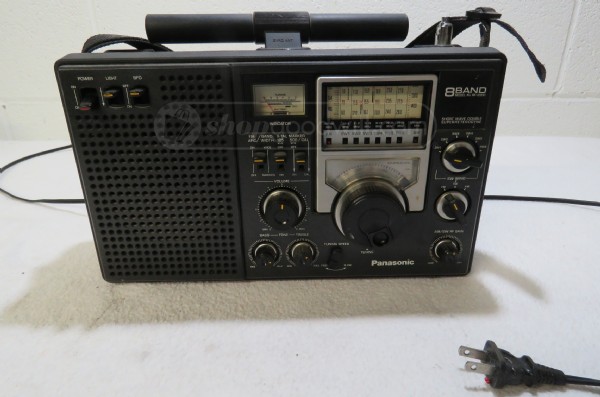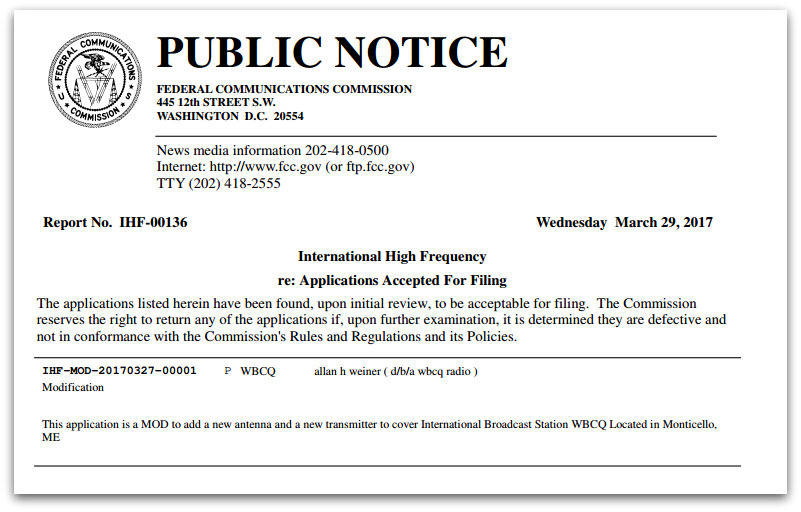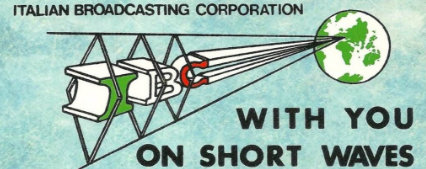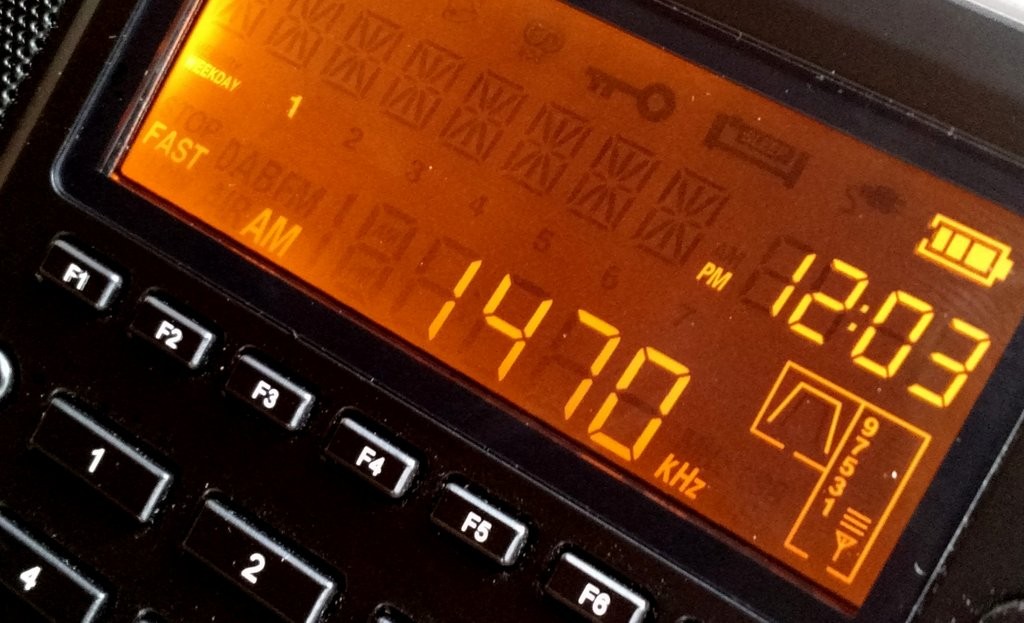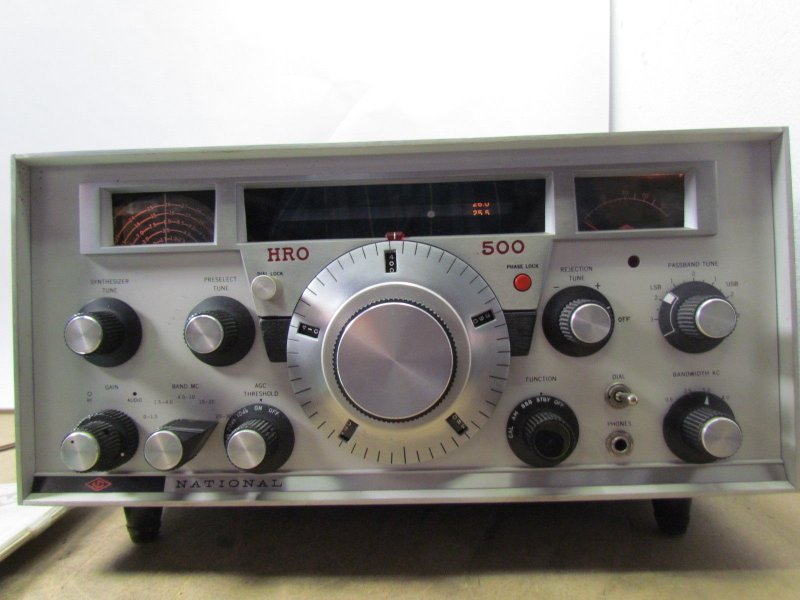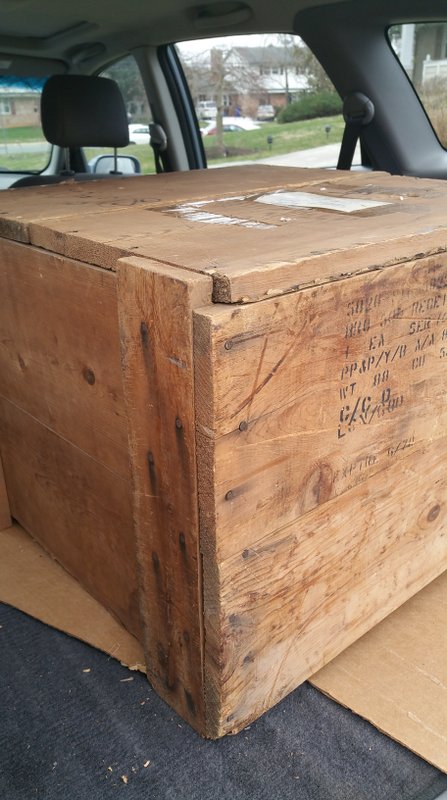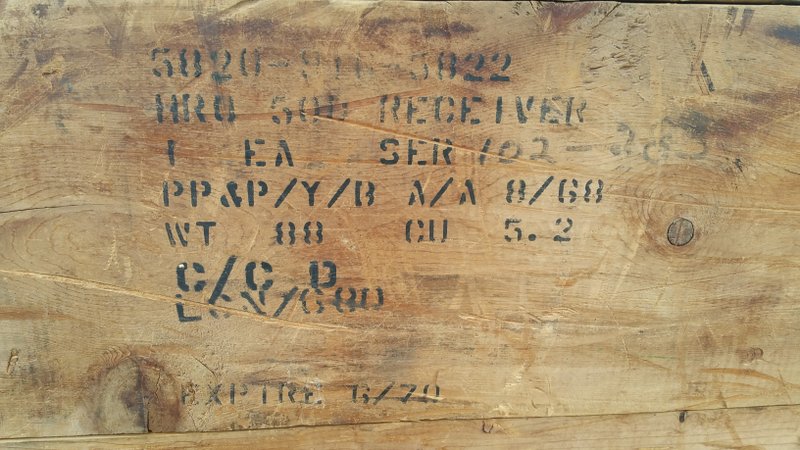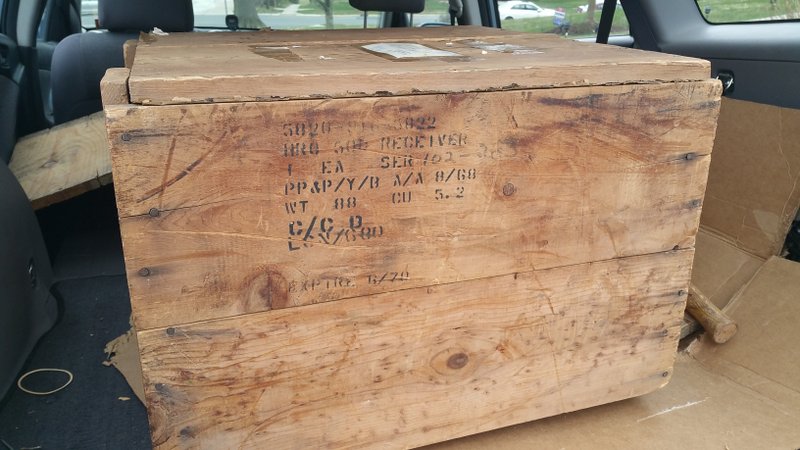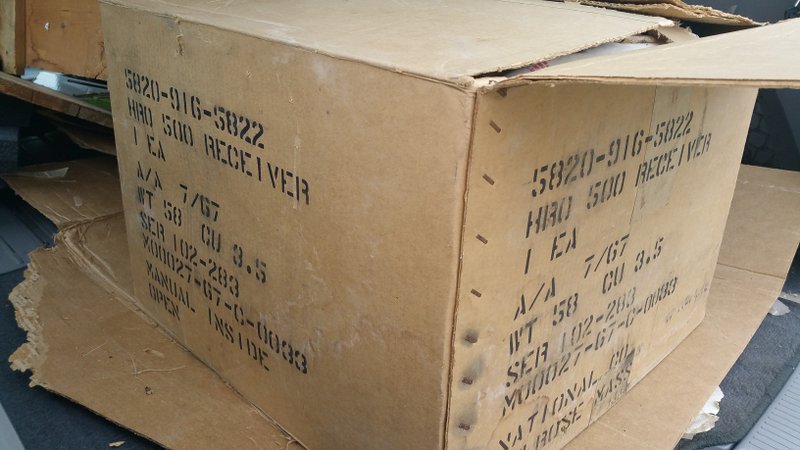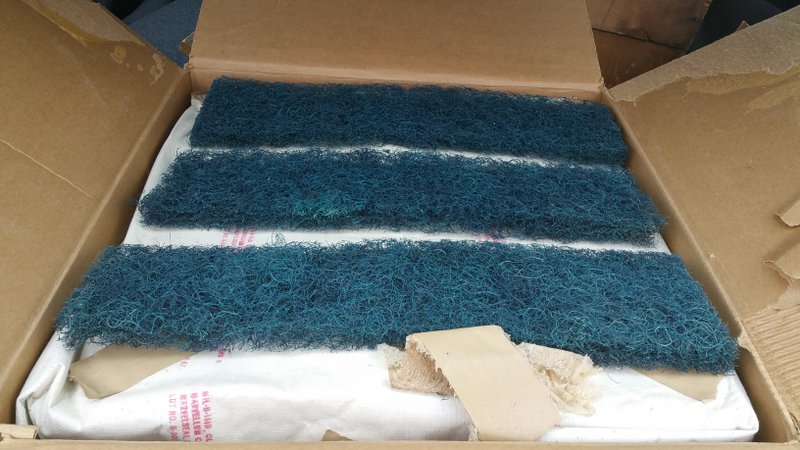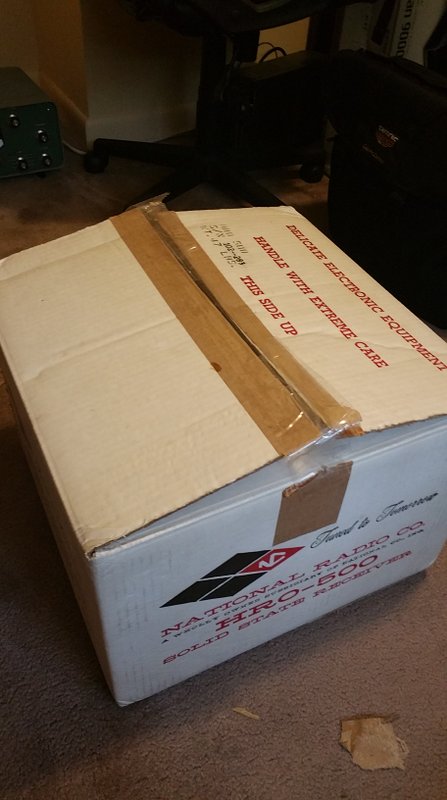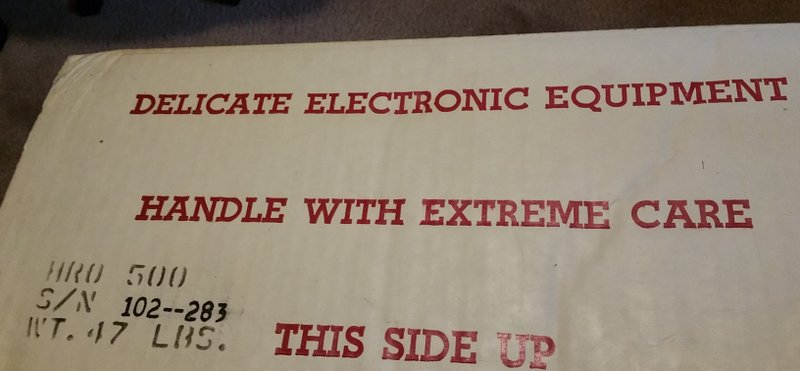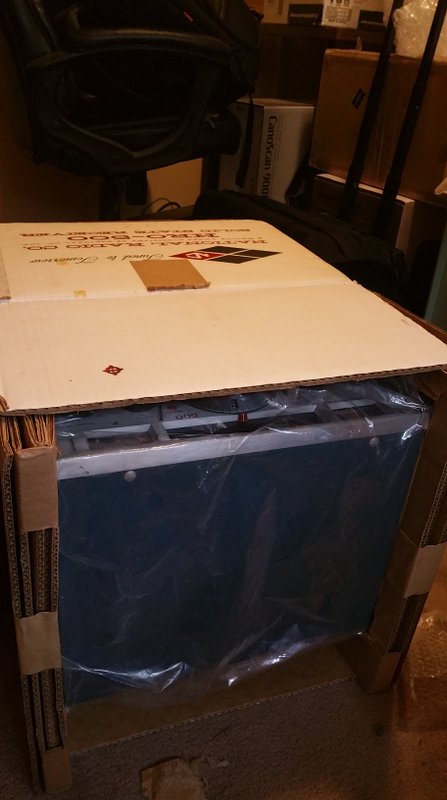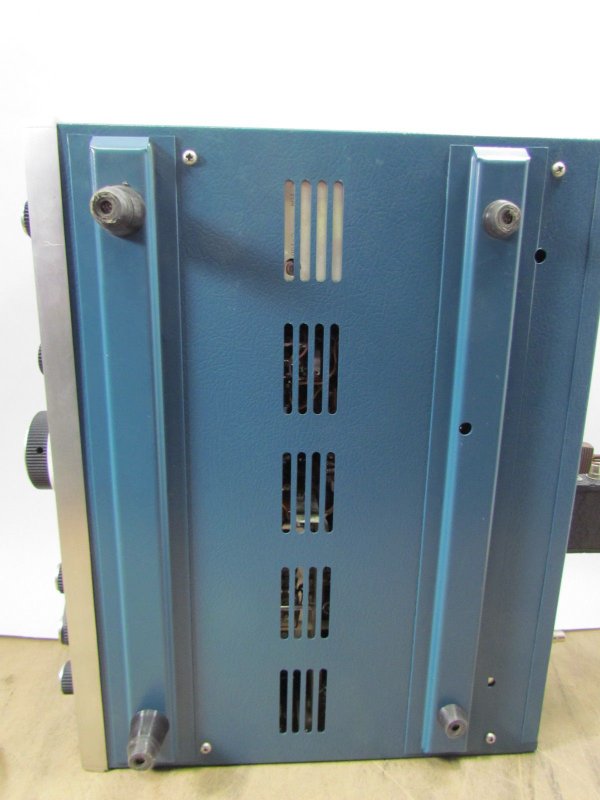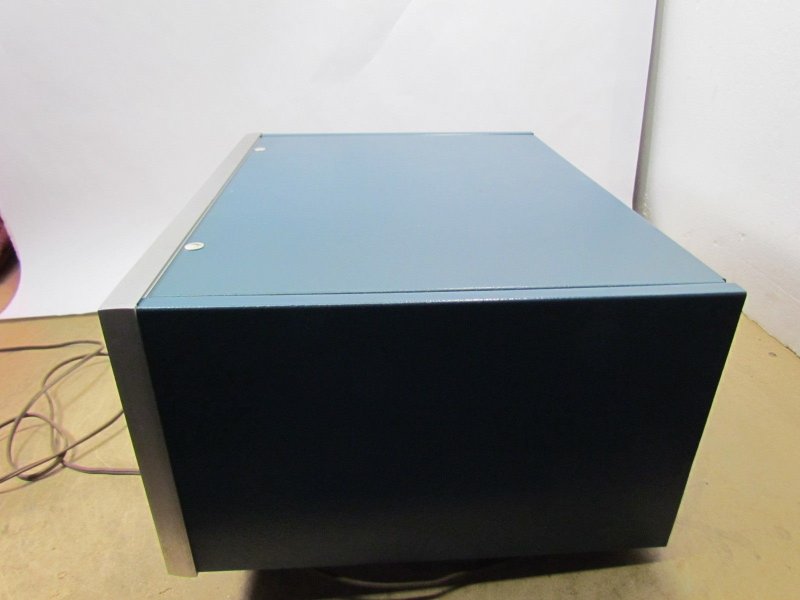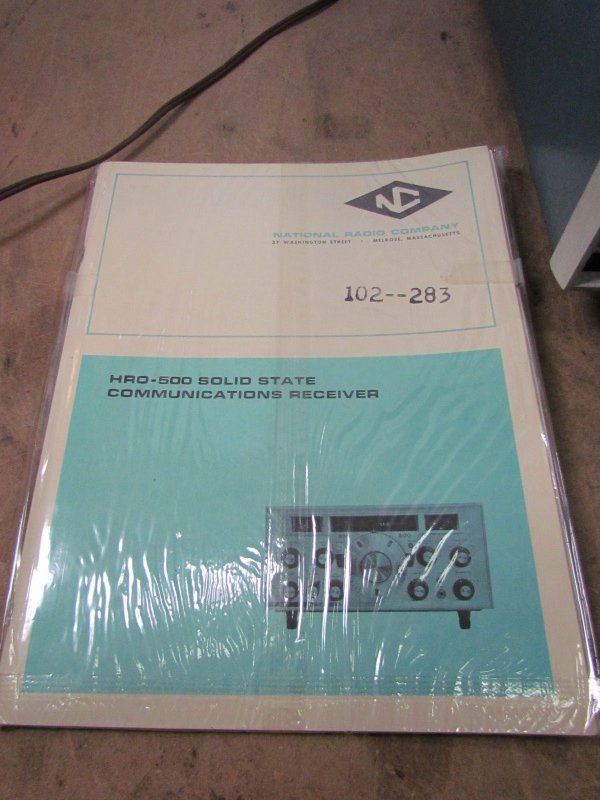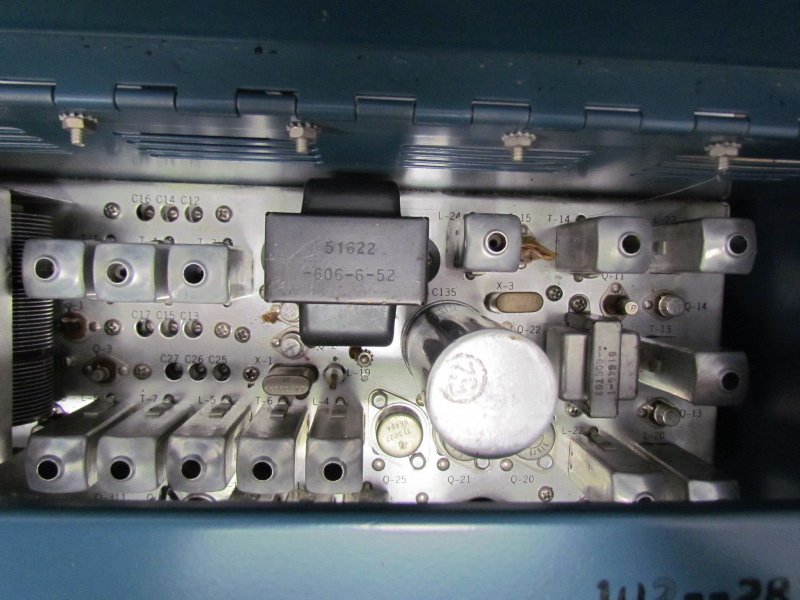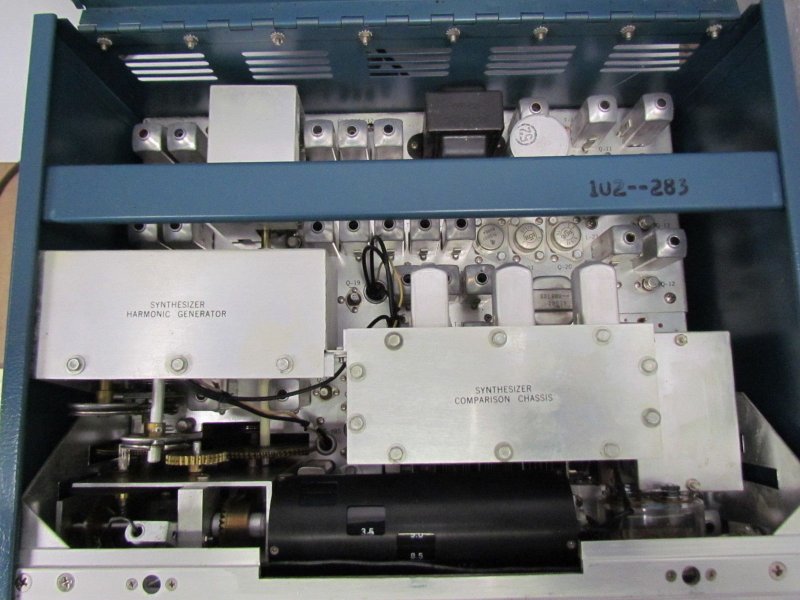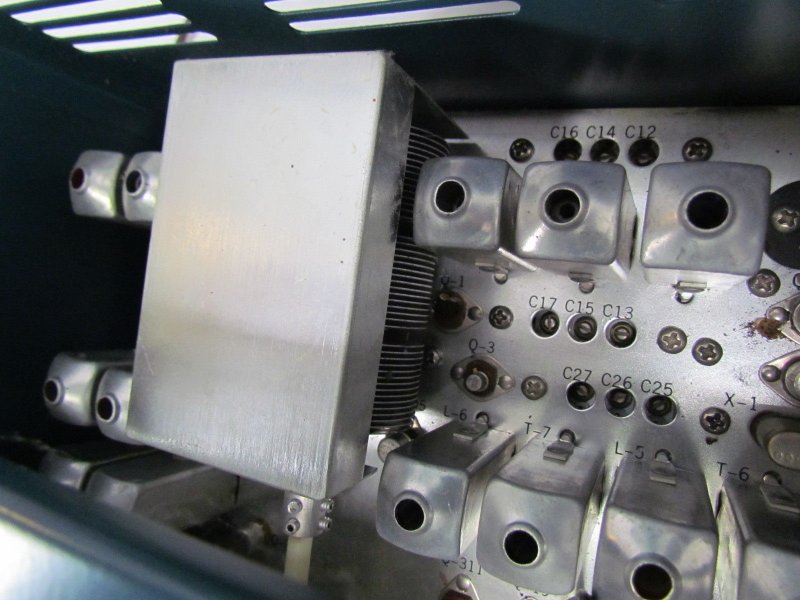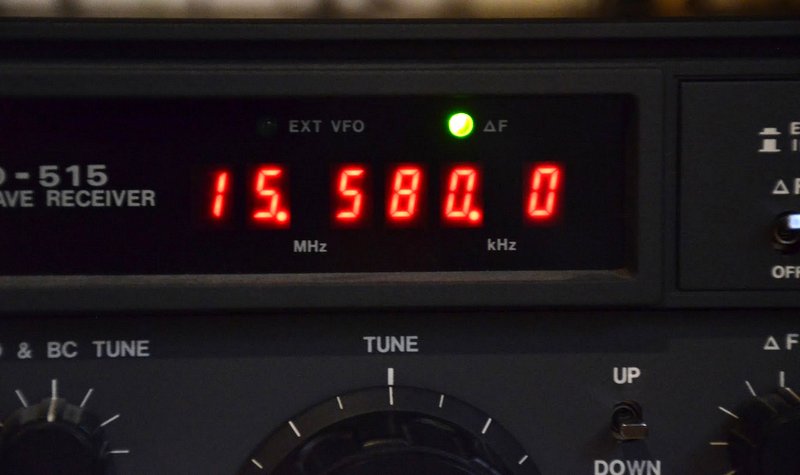Many thanks to SWLing Post contributor, Mike Hansgen (K8RAT), who shares the following post from Icom UK:
Icom Inc. has released more details about the launch of the IC-7610 HF/50MHz SDR Transceiver and its target price. Icom plans to release this high performance HF SDR transceiver around late May with the product being rolled out across the globe in the following months. We expect that the IC-7610 should be available in the UK early Summer with a suggested retail target price of £2,999.99 ex.VAT. Please note that this target price and UK availability may be subject to change.
We expect demand to be huge for this product. Indeed many back orders are already on our system. So if you want to be one of the first customers in the UK to own one of these eagerly awaited radios, please contact your Icom Amateur radio dealer who will be able to put you in their order books.
More about the IC-7610 HF/50 MHz 100 W SDR transceiver
Following on from the technology incorporated into the IC-7300, the IC-7610 adopts the same RF direct sampling system for signal processing. By converting the analogue signal directly to a digital signal and processing it within the FPGA (Field Programmable Gate Array), it provides improved transmission phase noise and excellent RMDR of 105 dB (at 1 kHz detuning).
The IC-7610 will have two independent receivers, enabling simultaneous reception of two frequencies in different bands/different modes.
The IC-7610 will also feature high-speed, high-resolution performance. The real-time spectrum scope supports different bands and a dual display that can monitor different modes. It will also have a waterfall display function that displays received signals in time sequence. The DIGI-SEL unit will be available to both the main side and the sub side of the receiver. In addition, the IC-7610 adopts a large 7-inch full-colour touch screen panel.
Main features include:
• Further evolved RF direct sampling method.
• Excellent RMDR: 105 dB realized.
• Dual watch function can receive simultaneously in different bands and different modes.
• DIGI-SEL unit that eliminates excessively strong signals is installed in the main and sub of the receiving section.
• High-speed real-time spectrum scope and waterfall display function.
• 7-inch full-colour touch panel, outstanding operation and visibilityAs mentioned earlier, demand is going to be enormous for this model, so get into contact with your authorised Icom Amateur radio dealer today.


